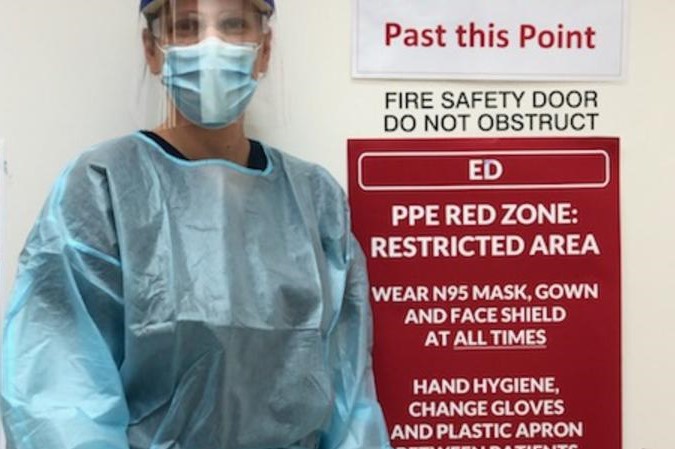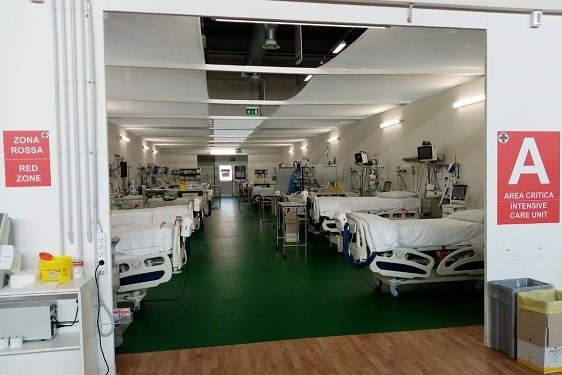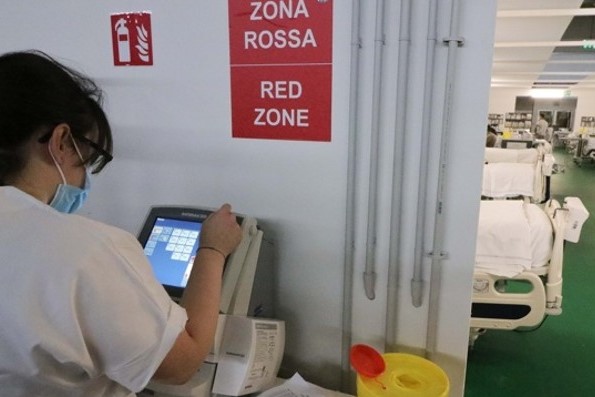
Emergency room red area: what is it, what is it for, when is it needed?
Red Area, what is it? The Emergency Room (in some hospitals replaced by the Department of Emergency and Acceptance or “DEA”) is an operating unit of hospitals expressly equipped to receive emergency cases, divide patients according to the severity of the situation, quickly provide diagnosis and treatment, send the most serious patients to special areas equipped to handle them, and have some patients stay in special spaces dedicated to brief observation
Precisely because so many different actions take place within an ER, it will necessarily have to be divided into various rooms, equipped in different ways.
THE BEST STRETCHERS ON THE MARKET? THEY ARE AT EMERGENCY EXPO: VISIT THE SPENCER BOOTH
Main environments of an emergency room
The layout of a hospital emergency room varies depending on many factors, such as the size of the hospital, however it is generally equipped with:
- a red room for the most serious cases;
- one or more emergency rooms;
- one or more examination rooms;
- one or more rooms for brief observation (asthanteria);
- one or more waiting rooms for non-emergency patients and for friends and relatives;
- reception desks.
Red room in the emergency department
The red room (sometimes referred to as the “red area” or “shock room”) is an area of the DEA or ER, equipped with technologically advanced equipment and dedicated to the treatment of patients in particularly critical condition, i.e., those who, based on triage assessment, are “code red,” the most serious, who must not only be dealt with immediately, but who are often at high risk of death.
This environment houses all patients with significant changes in vital parameters, such as polytrauma, those with myocardial infarction, cerebral stroke, respiratory failure, cardiovascular arrest or severe internal bleeding.
Thus, the function of the Red Room is, simplifying, to manage, observe, and keep alive patients who come to the emergency room in a very serious condition.
Read Also:
Emergency Live Even More…Live: Download The New Free App Of Your Newspaper For IOS And Android
Cuts And Wounds: When To Call An Ambulance Or Go To The Emergency Room?
How Is Triage Carried Out In The Emergency Department? The START And CESIRA Methods
Code Black In The Emergency Room: What Does It Mean In Different Countries Of The World?
What Should Be In A Paediatric First Aid Kit
Does The Recovery Position In First Aid Actually Work?
What To Expect In The Emergency Room (ER)
Basket Stretchers. Increasingly Important, Increasingly Indispensable
Nigeria, Which Are The Most Used Stretchers And Why
Self-Loading Stretcher Cinco Mas: When Spencer Decides To Improve Perfection
Ambulance In Asia: What Are The Most Commonly Used Stretchers In Pakistan?
Stretcher: What Are The Most Used Types In Bangladesh?
Travel And Rescue, USA: Urgent Care Vs. Emergency Room, What Is The Difference?




